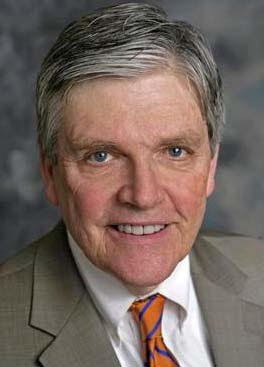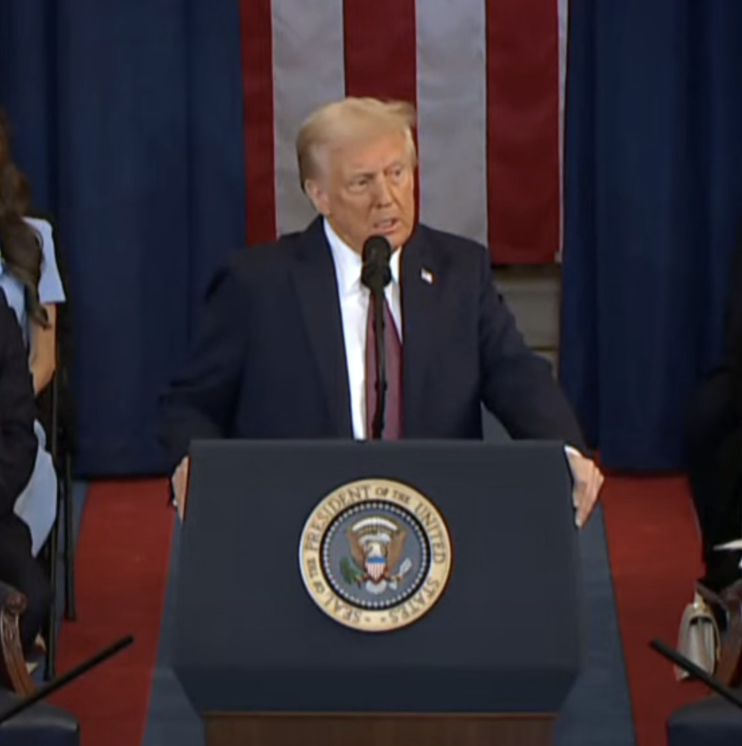The government shutdown is not about who the public will blame. It is not a game of chicken to see who blinks first. It is about the past and the future. The Democrats have shown their hand, and it is focused on yesterday, not tomorrow.
Democrats want the “old way” of doing business, where the government continues to expand and problems continue to grow. They want an additional $1.5 trillion in funding and almost every cut proposed by the Department of Government Efficiency restored.
One cut is PBS. It was created in a time when television had three networks. Its programming can easily be integrated into the thousands of channels now available. It exists only because it is useful politically to Democrats.
Republicans continue to discuss their “clean bill,” passed by the House, which Senate Democrats will not support unless additional funding is added to it. They argue processes and procedures, while the Democrats talk of people dying without access to healthcare. They fail to see the bigger issue where this fight works to their advantage.
The federal government is $37 trillion in debt. By 2035, it is expected to exceed $59 trillion. This is what happens if we stay the course. This is what is nearly guaranteed if the Democrats get their demand for additional funding to reopen the government.
What will this mean for the typical citizen? Higher borrowing costs. Slower growth. Limited government services. Fewer jobs. Less investment. Lower quality of life. Fewer opportunities for ascending generations to prosper.
This is the future that awaits us if we agree to an unbridled growth of government and resist efforts to modernize its processes.
America has reached an inflection point where we must decide between the easy path, where the seas are calm and things are predictable, and the right path that, in the beginning, will be disruptive, less comfortable, filled with tough choices, and heralds an age of significant change in the relationship between the federal government and its people.
Here is one example of the government that is. The Department of Government Efficiency reported, “Federal employee retirements are processed using paper, by hand, in an old limestone mine in Pennsylvania. 700+ mine workers operate 230 feet underground to process ~10,000 applications per month, which are stored in manila envelopes and cardboard boxes. The retirement process takes multiple months.”
Unfortunately, there are no competitive pressures that compel the government to adapt to changes in the way business is conducted.
President Trump is disruption personified. He is using his second term to change the trajectory of government. He does not take the easy path, because change, by its nature, is hard. It can be argued that he is the chaos president. No argument from me, but when you connect the dots, you can see more clearly the course he is setting for our future:
—Trump is moving our nation, using Robert F. Kennedy Jr., from a nation that focuses on treating illness to one that embraces wellness. He is attempting to change what we eat and what medications we put into our bodies, so that people are healthier for longer. In 2024, we spent $5 trillion on medical care. Think about what it would mean if we could cut treatments by 10 percent using lifestyle changes and better decisions about medications and food additives.
—Trump has supercharged tariffs not only as a way to expand revenue, but he has leveraged the power of our markets to onshore businesses, increase investment in America, negotiate peace deals, and even make medications more affordable. Monthly revenues from tariffs have increased more than 400 percent since January 2025.
—Trump has expanded energy availability to position the nation to compete in energy-intensive manufacturing and gain the advantage in the development of artificial intelligence. Energy production is up 4 percent in 2025. Energy production is expected to increase by 4 percent in 2025.
—Trump is modernizing outdated systems and processes, like Air Traffic Control, which was operating using technology that was decades out of date. Fortune reported that Ed Bastian, the CEO of Delta Air Lines, as saying, “The (air traffic) screens look like something out of the 1960s and ’70s.”
Americans face a much larger choice than who to blame for the government shutdown. The bigger question is, do we have the will to change the course of government? There are two sides and two arguments. Democrats are embracing the system they have built over decades and are resisting change at every turn. They are asking the American people to accept the inevitability of reaching $60 trillion in debt within a decade and the consequences that come with it. They promise a smooth, predictable and safe path forward.
Republicans have embraced Trump, and all the disruption and rancor he causes, not necessarily because they agree with him on every issue but rather because they agree that we are at a unique decision point and likely have only one opportunity to get it right. They know it is unlikely that another leader will emerge who is able and willing to endure this level of political punishment and possesses the skills to change the government’s trajectory using a growth and change strategy.
Republicans need to get their messaging right because we can’t afford to go back on a path that will destroy the fabric of America within a decade. That is what is really at stake in this shutdown.


